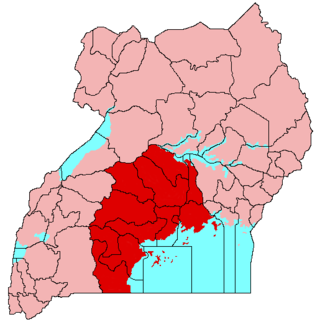
Buganda is a Bantu kingdom within Uganda. The kingdom of the Baganda people, Buganda is the largest of the traditional kingdoms in present-day East Africa, consisting of Uganda's Central Region, including the Ugandan capital Kampala. The 14 million Baganda make up the largest Ugandan region, representing approximately 16% of Uganda's population.
Kimera was Kabaka of the Kingdom of Buganda between 1374 and 1404. He was the third king of Buganda.
Mpindi is one of the 56 clans of the Buganda Kingdom, one of the largest nations of Uganda. The Mpindi chief is Mazige, whose headquarters are located in Muyenje in Busiro County in Uganda. The Mpindi clan has the mpindi, a Luganda word for cowpea, as its totem.
Nakibinge Kagali was Kabaka (King) of the Kingdom of Buganda, between 1524 and 1554 AD. He was the 8th Kabaka of Buganda.
Jemba Busungwe was Kabaka (king) of the Kingdom of Buganda between 1564 and 1584. He was the 10th Kabaka of Buganda. His reign is remembered as being kind and gentle.
Tebandeke Mujambula, sometimes spelled as Ttebandeke Mujambula, was Kabaka of the Kingdom of Buganda between 1704 and 1724. He was the 18th Kabaka (king) of Buganda.
Ndawula was Kabaka of the Kingdom of Buganda between 1724 and 1734. He was the 19th Kabaka or king of Buganda. He is remembered as a kind and gentle king.
Kagulu Ntambi Tebukywereke was Kabaka of the Kingdom of Buganda, between 1734 and 1736. He was the twentieth (20th) Kabaka of Buganda.
Mawanda was Kabaka (King) of the Kingdom of Buganda, between 1738 and 1740. He was the twenty second (22nd) Kabaka of Buganda.
Namuggala was Kabaka of the Kingdom of Buganda, between 1741 and 1750. He was the twenty-fourth (24th) Kabaka of Buganda. He is remembered as a lovable and merciful ruler.
Kyabaggu Kabinuli was Kabaka of the Kingdom of Buganda from 1750 until 1780. He was the twenty-fifth (25th) Kabaka of Buganda.
Semakookiro, also spelled as Ssemakookiro, whose full name is Semakookiro Wasajja Nabbunga, was Kabaka of the Kingdom of Buganda, from 1797 until 1814. He was the twenty-seventh (27th) Kabaka of Buganda.
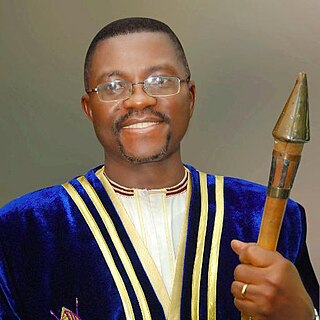
Katikkiro is the official title of the head of cabinet and government in Buganda under the Kabaka of the Kingdom of Buganda. He is the equivalent of a Prime Minister is some governments but it is important to note that the Katikkiro does not assume office through elections like in other countries. His authority is symbolized by the Ddamula stick which is given to him by the Kabaka as a tool to 'kulamula' in the kingdom on his behalf. Buganda is a traditional kingdom in modern-day Uganda located in the central region of the East African country. The current Katikkiro is Mr. Charles Peter Mayiga of the Mutima clan and was appointed by the current monarch, the Kabaka of Buganda, Muwenda Mutebi II of Buganda in May 2013, replacing Engineer John Baptist Walusimbi.

The Nvuma clan is believed to be one of the clans that were formed under Kabaka Kato Kintu. It is among the clans in Buganda Kingdom. Nvuma is a name in Luganda which means Pearl.

Lugave Clan is one of the many clans in Buganda Kingdom. Lugave Clan is one of the five clans that were indidgenous to Buganda Kingdom before the coming of Ssekabaka Kato Kintu. Lugave is a Luganda word meaning Pangolin. Members who belonged to the five clans are referred to as Bannansangwa who are the originals. The other Bannasangwa Clans are Fumbe, Ngeye, Njaza, and Nnyonyi Nnyange. The head of the Lugave Clan was called Mukiibi Ssebuko Ssalongo, known at the founding of the Buganda Kingdom.

Nvubu Clan is among the many clans in the present day Buganda Kingdom. It is one of the clans that came to Buganda with Kintu. Nvubu is a Luganda name meaning Hippopotamus. The Nvubu Clan Head is Kayita.

Ntalaganya Clan is among the many clans in the present day Buganda Kingdom. It is one of the clans that were there before the reign of King Kintu. Ntalaganya is a Luganda name which means Blue Duiker. the ancestral home of the Ntalaganya Clan is in Kiwawu (Busujju).
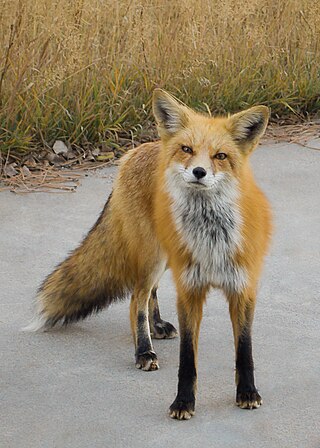
Kibe Clan is among the many clans in Buganda Kingdom. Kibe is a Luganda name which means fox. The Kibe Clan existed during the reign of King Kintu. The Head of the Clan is called Muyige. The Clan seat for Muyige is found at Wantaayi in Kyaggwe(Present Mukono District). The Kibe Clan people first settled in Busujju before they went to Kyaggwe(presently Mukono district).
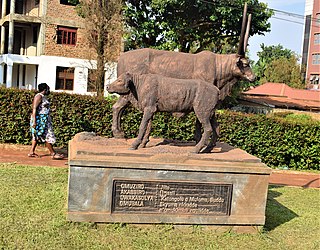
Nte Clan is among the many clans in the present day Buganda Kingdom. Nte is a Luganda word meaning Cow. The Head of the Nte Clan is called Katongole. Katongole came from Bunyoro Kingdom. The clan seat of the Nte Clan is located at Mulema.
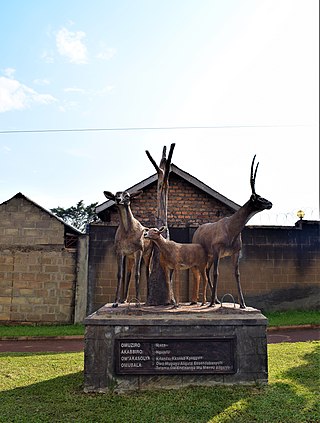
Njaza Clan is among the many clans in the present day Buganda Kingdom.Njaza is a Luganda word meaning reedbuck. It is one of the five clans that are indigenous to Buganda before the coming of Kintu. The members of the five clans are referred to as the originals(Bannansangwa). The five other original clans were the Ffumbe, Ngeye, Lugave, and Nnyonyi Nnyange. They originated from Bunyoro and settled at Kiwawu in Busujju. From there, they moved and settled in the areas of Mabira Forest in Kyaggwe(currently Mukono District).









